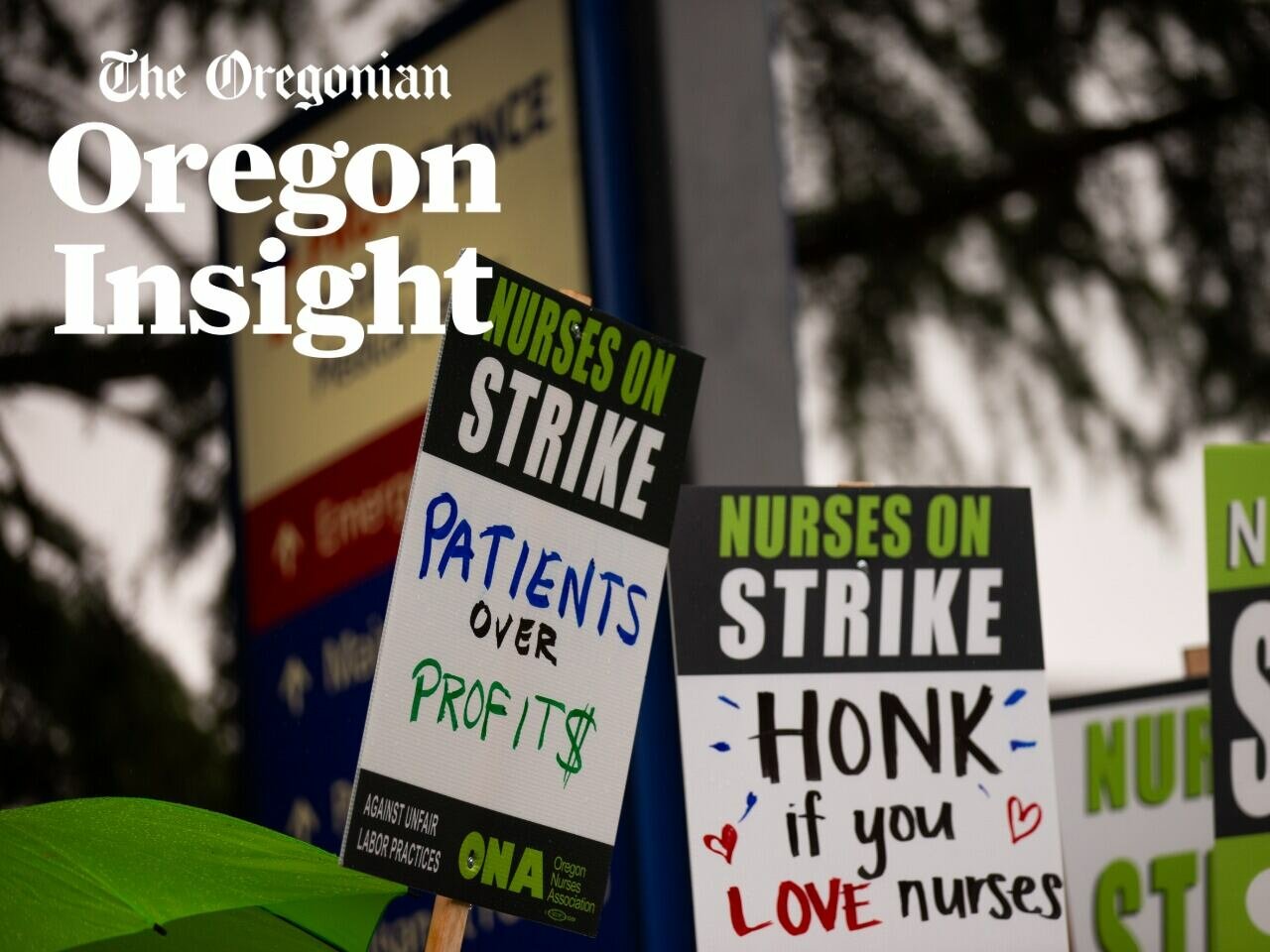Labor Day Celebration at Oaks Park
On Monday, thousands of union members and their families will gather at Oaks Park in Southeast Portland for the Northwest Oregon Labor Council’s annual Labor Day picnic. The event has long been a showcase of the state’s labor movement, highlighting its enduring strength even as union membership continues to decline across much of the country.
The picnic also serves as a political stage. Ambitious candidates frequently attend, hoping to demonstrate their support for organized labor in a state where unions remain a powerful force.
Union Membership: Oregon vs. National Trends
According to federal data, nearly 300,000 Oregon workers—about 1 in 6 statewide—belong to a union. Membership rates have fluctuated since the 1980s, but unlike the national trend, Oregon’s numbers have inched upward over the past two decades.
Also Read
Nationally, the story is very different. Since 1986, union membership has been cut nearly in half. Today, fewer than 1 in 10 U.S. workers are unionized. The comparison underscores Oregon’s unique place in the labor landscape, bolstered by a political climate that has historically leaned progressive and union-friendly.
A Major Legislative Victory
Earlier this year, Oregon lawmakers approved a bill granting striking workers up to 10 weeks of unemployment benefits—a rare policy nationally. While only a handful of other states allow such payments, Oregon became the only state to extend benefits to both private- and public-sector workers on strike.
Union leaders hailed the legislation as a landmark victory, arguing it levels the playing field for workers during protracted negotiations. Business groups, however, criticized the law, warning it could prolong strikes and increase costs.
Public Sector Stronghold, Private Sector Declines
The bulk of Oregon’s union membership is concentrated in the public sector, where roughly half of all workers are organized. By contrast, fewer than 10% of private-sector workers in Oregon belong to unions today, compared with 14% in 1986.
Despite this decline, private-sector unions continue to make waves through high-profile strikes and contract wins, often drawing attention well beyond Oregon’s borders.
High-Profile Strikes and Contracts
In the past year, Oregon unions have shown their ability to mobilize and win significant concessions:
-
Fred Meyer and QFC grocery workers ratified a new contract in October 2024 after months of tense negotiations and a six-day strike. The United Food and Commercial Workers Local 555 described the deal as including “the most significant wage increase” in regional grocery history.
-
Boeing machinists in Oregon and Washington staged a seven-week strike last fall, ultimately securing a contract that will raise wages by 38% over four years.
-
New Seasons Market employees walked off the job in February for nine days amid disputes over a worker’s firing and ongoing efforts to finalize their first contract. Negotiations remain ongoing.
-
Providence nurses—about 5,000 across eight hospitals and six clinics—went on strike in January for nearly seven weeks. Their eventual contract delivered wage increases and new commitments on staffing levels.
-
Oregon state employees, represented by the state’s largest public-sector unions, recently ratified a contract with cost-of-living increases and a new pay classification for long-serving workers. Notably, they secured the deal without going on strike.
Oregon’s Unique Labor Landscape
Oregon’s labor strength reflects both history and politics. A progressive state government, dominated by the Democratic Party, has generally supported union-friendly policies. At the same time, unions themselves have stayed active and visible, frequently taking to the picket lines to defend wages, benefits, and working conditions.
The contrast with national trends is striking. While union density nationwide has shrunk to near historic lows, Oregon workers continue to organize and flex their power. From grocery stores to hospitals, Oregon’s labor movement remains a central force in shaping the state’s economy and politics.
As union members gather at Oaks Park this Labor Day, the message is clear: in Oregon, organized labor is still alive, active, and influential.












